Originally posted December 2016
The Postman takes Italian-Chinese love child out for a date, and stays the night
WHAT is it that makes one bike attractive and another one bland? Is it form or function? Is it an absence of faults, or an abundance of pleasures?
The most enjoyable bike I’ve ever owned was a 1983 Ducati Pantah 500 — and to be honest, it was a dog of thing.
It was almost 30 years old when I bought it, and it needed some shed love. I poured energy and money into it, and brought it back so it looked, went, and sounded like it was supposed to.
But it still popped and farted. It was still cramped and awkward to manoeuvre. The clutch was still so stiff, it was almost inoperable. The brakes were still feeble. And every time I took that tacho needle near the red line, it felt like the bike was going to explode and spray engine components and human body parts all over the highway. And it wasn’t even all that fast.
But despite all that, the old Pantah set my heart racing like no other bike I’ve ridden.
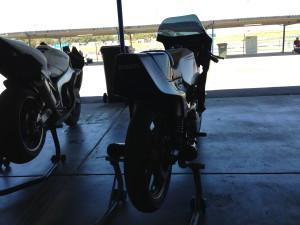
Its attraction had many parts: The Pantah had a story to tell. It was a turning point in Ducati’s evolution; the first Duke to have a belt-driven camshaft motor, all its predecessors being bevel-gear.
It was also a high-performance (for it’s day) race replica, with very little compromise to make it civilised or comfortable.
It looked wonderful and sounded even wonderfuller at low revs, and at medium revs and, especially, at high revs under hard acceleration.
In short, the bike had sex appeal. Even its faults were part of its charm.
The negatives were excusable, because it had so many positives — like a supermodel with flatulence, when the faults made themselves visible I’d just smile meekly and look the other way.
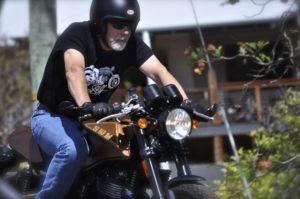
Last week, I spent a couple of days and a couple of hundred kilometres with a bike that’s new to Australia, and new to the planet. The SWM Gran Milano 440 is not a Pantah, nor is it a flatulent supermodel. But it does have a certain charm, and it does have enough positives to make its negatives seem okay.
But before we get into the bike, let’s explore the family tree.
Anyone who rode dirt bikes in the 1970s will remember SWM. It was a quirky Italian dirt bike manufacturer with a silly name (the acronym stands for Speedy Working Motors) and a daggy-looking logo on the tank. But the bikes were impressive — fitted with all the good gear of the day, they boasted light weight, good power, and that lovely style that comes from function-based design.
SWM was never a big company, so production numbers were modest. That’s why there weren’t many around, and why you rarely see one popping up in the classifieds today. They were exclusive and, if my memory serves me well, expensive. But that doesn’t mean they were profitable. The company faded away in the early 1980s.
Meanwhile, over in Sweden, there was another dirt bike manufacturer doing it tough too. Husqvarna had been making bikes, quite successfully, since 1903. (The company was actually founded in the late 1600s to make weapons for the king of Sweden — hence the crown in the Husky logo. Betcha didn’t know that.) But by the mid 1980s, Husqvarna wasn’t in very good shape. Unlike SWM, Husqvarna found a knight in shining armour. In 1986, Italian company Cagiva was in a buying mood, liked the look of Husky, and bought it.
With its new Italian parents, Husqvarna’s manufacturing effort moved from Sweden to northern Italy, near the border with Switzerland, to a town called Varese. That arrangement remained in place for twenty years, give or take, at which point Italian Cagiva sold Swedish Husqvarna to German BMW. BMW was happy to keep the Varese plant operating and spent a wad of cash bringing the place up to modern standards. But in 2013, BMW lost interest in the whole dirt bike thing and sold Husqvarna to KTM. KTM had a perfectly good manufacturing plant of its own, of course, back home in Austria, so the Husqvarna manufacturing effort moved from Varese to Austria.
That left the town of Varese with a perfectly good but unwanted motorcycle manufacturing plant and a bunch of unwanted people who knew how to manufacture motorcycles but had no motorcycles to manufacture.
It took a while, but a deal was done. A former executive at Husqvarna (a chap named Ampelio Macchi, in case anyone asks) teamed up with Chinese bike manufacturer Shineray — and SWM rose up from the ashes. The unwanted Husqvarna workforce was wanted again. The Varese plant swung back into action. A range of SWM dirt bikes were released, although it was no secret they were basically Husqvarnas wearing SWM badges.
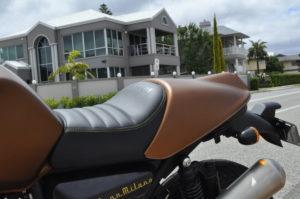
Which, finally, brings us to the Gran Milano 440.
This is not a rebadged Husky. It’s not a rebadged anything. But it is a hybrid. It’s made in Italy, with some parts from Europe and others from China. It’s prawn crackers with bruschetta, sweet and sour pork with pasta, followed by tiramisu and, er, deep fried chicken’s feet. Or something.
So what’s it like?
Well, first up, it’s kinda sexy. The twin exhausts are beautiful, as only beautiful exhausts can be. No offence to China, but I reckon they must be out of Italy. While I was taking photos of the little Swoomer outside the Kalamunda Hotel, a big, gruff Harley Davidson-riding chap came over and bounced up and down on the bike (nicely). He said some mean things about China, but even he was charmed by the exhaust. “Nice pipes,” he said. I reckon the bike blushed.
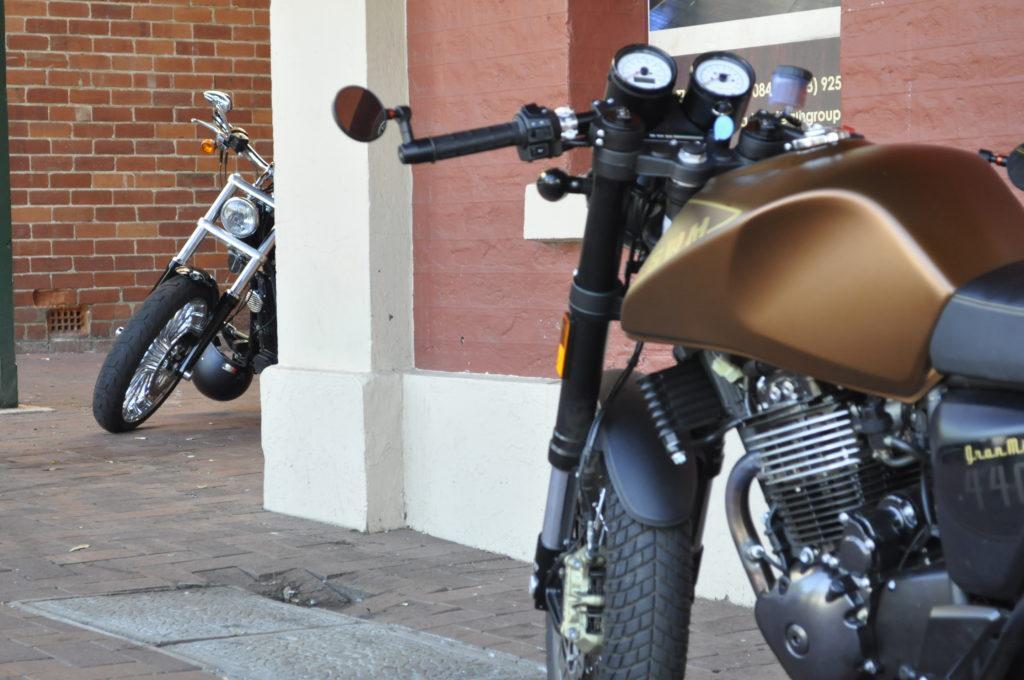
Don’t let those twin pipes fool you, by the way. There’s only one piston going up and down in there, but there are two exhaust ports and that’s all an Italian exhaust designer needs.
The engine is second-cousin to a Honda 400. As a matter of fact, Shineray manufactured engines for Honda in China for a period of time and this is pretty close to that engine, but bored out to 440cc and up-specced with oil cooling and fuel injection (mostly to meet European emission requirements). The Gran Milano engines are put together and tested in Italy, using some parts from China and others (including gears, piston, cooling hoses and the fuel injection system) from Europe.
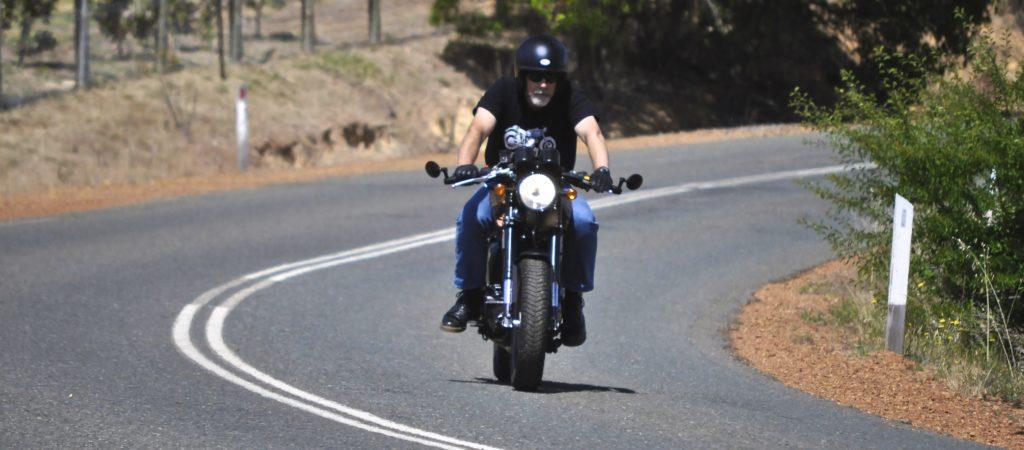
The bars are low in cafe racer-style, the tyres are fat, and the tank is shapely. The bodywork — fenders, side panels, tail piece — are made of metal rather than plastic. The dials are white-faced and they, as well as the headlight, are circular as such things are meant to be. The front brake, Brembo no less, looks like something off a superbike. The Gran Milano sits close to the ground and the weight feels low. At rest, the bike feels solid, well balanced and just a little aggressive.

Punch the starter button and you’ll be surprised at the burble. It sounds lovely. Blip the throttle and it sounds even better. It barks.
I had the SWM for a day and half, giving me enough time for a long freeway run (Joondalup to Melville), a run up the hill to Kalamunda and Mundaring Weir Road, then out the back of Bickley. Day two involved a good fang around the backstreets of Lesmurdie, followed by a hurried trip through the tunnel and back up to Joondalup.
So what did I learn?
Well, let’s start by getting the irritations out of the way.
Firstly, the shapely petrol tank dug into my legs. Maybe I’m too big, but the hard upper edge was unpleasant for my inner groin. True, I forgot about it after a while. But I remembered again every time I climbed aboard.
Second, the petrol cap leaked. Well, “leaked” might be too strong a word. It weeped. Not a big deal, and maybe there was a dodgy rubber seal that could be replaced to solve the problem. But a dribble of petrol on the tank isn’t a good look, especially when you’re trying to make cow-eyes at a Hog.
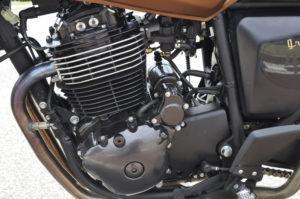
Third, the motor was not happy under 2500rpm. Anyone who grew up on XT/SR Yamahas or XR/XL Hondas would expect a 440cc single cylinder four stroke to have some grunt. This one doesn’t. It does sing, and it’s a lot of fun — but it needs revs to boogie. (Interestingly, the performance specs for the SWM are quite similar to 1978 SR500. The old Yamaha weighed 158kg and produced 31.5hp at 6500rpm. The SWM is lighter at 145kg and produces a little less 30hp at 7,000rpm. Straight-line performance would be very close. Incidentally, my 500 Pantah weighed a lot more at 202kg, thanks to the extra cylinder, but pumped out 50hp.)
And then there was the gearbox.
Finding neutral was a little difficult, but acceptable. The neutral light was a reliable indicator that you had found the spot, unlike a certain Moto Guzzi I’ve ridden that likes to play tricks in this space. Far more annoying was a reluctance to sweetly move from first into second. Sometimes it found that elusive neutral — the one that you couldn’t find a minute ago — when you no longer wanted it. Other times, it wanted to stay in first gear, thanks all the same, when you wanted second gear, please. The uncooperative ‘box was at its worst when you were toddling around at low revs. More on that shortly.
But for all that, I liked this bike. I liked it a lot.
Engine performance was entertaining, the front brake was brilliant, and handling was an absolute hoot. The bike was perfectly happy sitting on 100kmh or more on the freeway, and just as happy pretending it was a baby sports bike on the twisty bits behind Kalamunda.
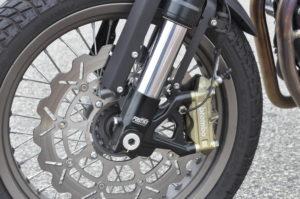
But it was in its element in the suburbs. Fanging the SWM around Lesmurdie, dodging honky nuts and keeping an eye out for tennis mums reversing BMW X5s down tree-lined driveways, the Swoomer was a blast. Racing point-to-point between the corners, letting the engine stay between 4,000 and 7,000rpm, all of a sudden everything worked like it should. The big front brake loved the attention, the motor loved the revs, and that gearbox suddenly found its manners — most of the time, anyway.
And, not that such things matter to me, but the bike sure turned heads. Whenever I parked the bike, we drew a crowd — and praise for the bike’s styling.
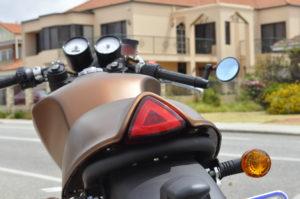
So where does that all leave us? What is it that you get for your eight grand?
You get a cafe racer.
I don’t mean it’s a cafe racer in its styling or stance, despite its white-faced dials and dealer-fitted bar-end mirrors — I mean it’s a cafe racer in its function.
It wants to live in a townhouse in Freo or an apartment in Scarborough, or maybe a Gooseberry Hill mansion parked in the open carport alongside the Porsche. It wants to live within blasting distance of Gino’s or the Wild Fig or Le Croissant Du Moulin. Fang it down to your favourite cafe, load up your Nevermind leather man-bag with Sunday yum-yums, and take the long way home, at revs.
Watch out for those tennis mums and honky nuts, don’t forget to give that gear lever a serious nudge coming out of first, and you’ll have a ball.
(Editor’s note: SWM Australia made contact with The Bike Shed Times to say it had resolved the uncomfortable tank and the uncooperative gearbox, and that bikes now on sale have neither problem. We rode this bike again with the upgraded parts, and were impressed. Read our follow-up story here.)
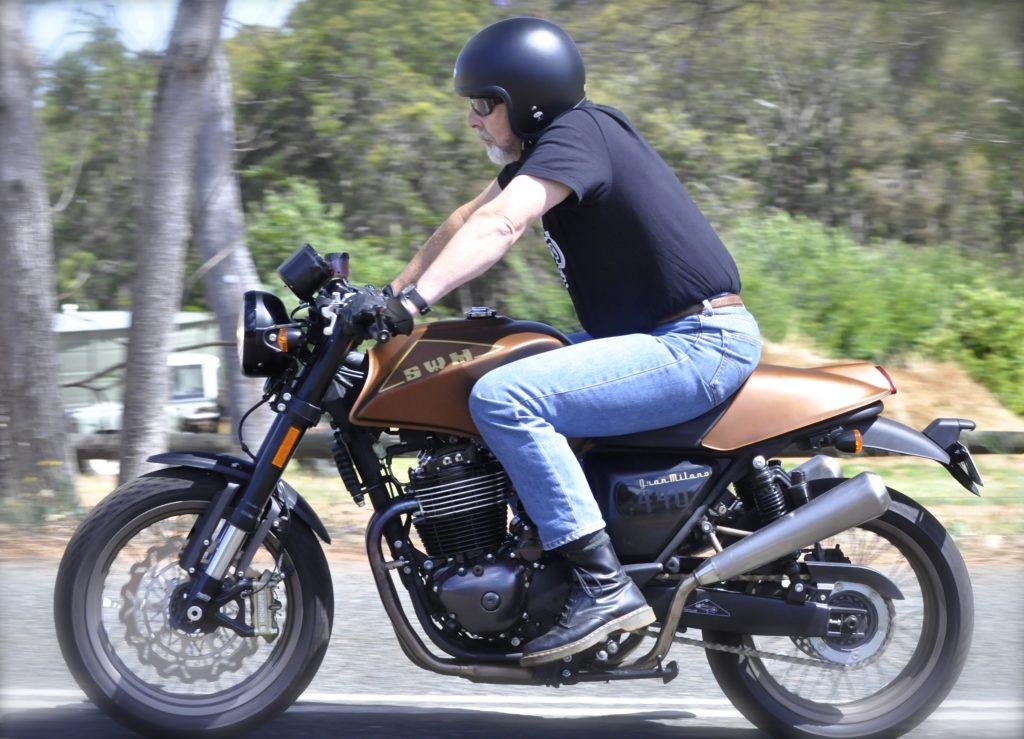
Specifications
| MAKE: | SWM |
| MODEL: | Gran Milano |
| COLOR: | Bronze |
| CONDITION: | Brand New |
| ENGINE: | 440cc |
| STARTING: | Electric start |
| MAX POWER: | 30 HP |
| TRANSMISSION: | 5-speed |
| FUEL TANK: | 22.5 litres |
| FRONT WHEEL: | 17-inch |
| REAR WHEEL: | 17-inch |
| SEAT HEIGHT: | 809 mm |
| WARRANTY: | 2 years unlimited km |
| PRICE: | $7,990 |
Test bike supplied by Ace Scooters, Joondalup

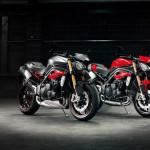
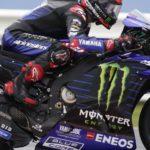
I never had an issue with the gearbox when I’ve rode it.
Thanks Clarissa. It turns out the gearbox woes only affected the very early Gran Milanos. We rode this bike again fitted with the upgraded selector mechanism, and it was as slick as a Honda. We’ve since posted a follow-up story in our ‘New Bikes’ section. – The Editor.